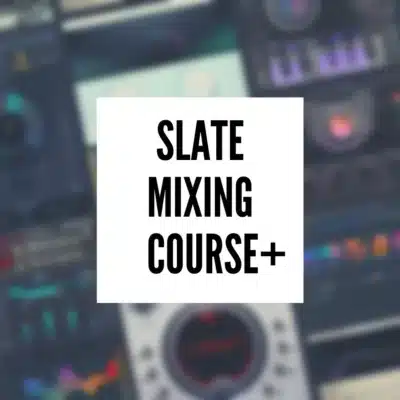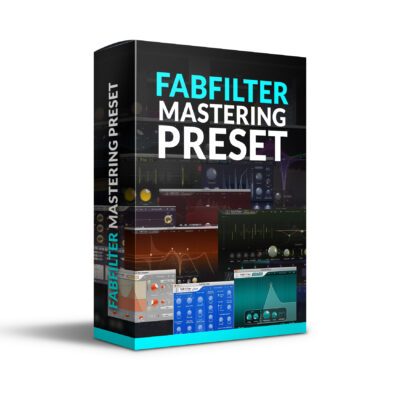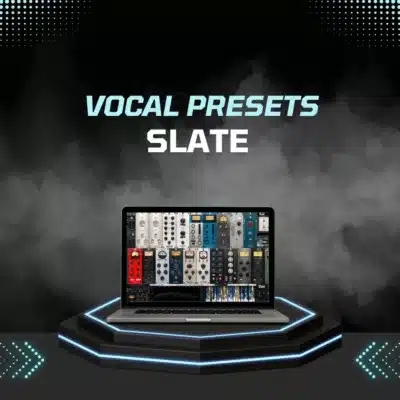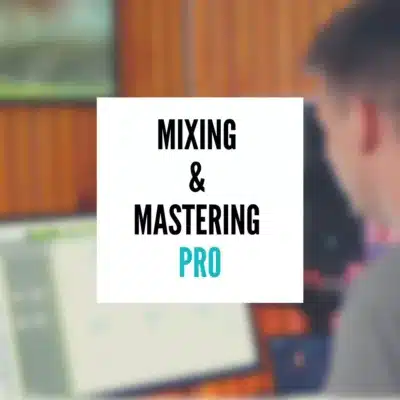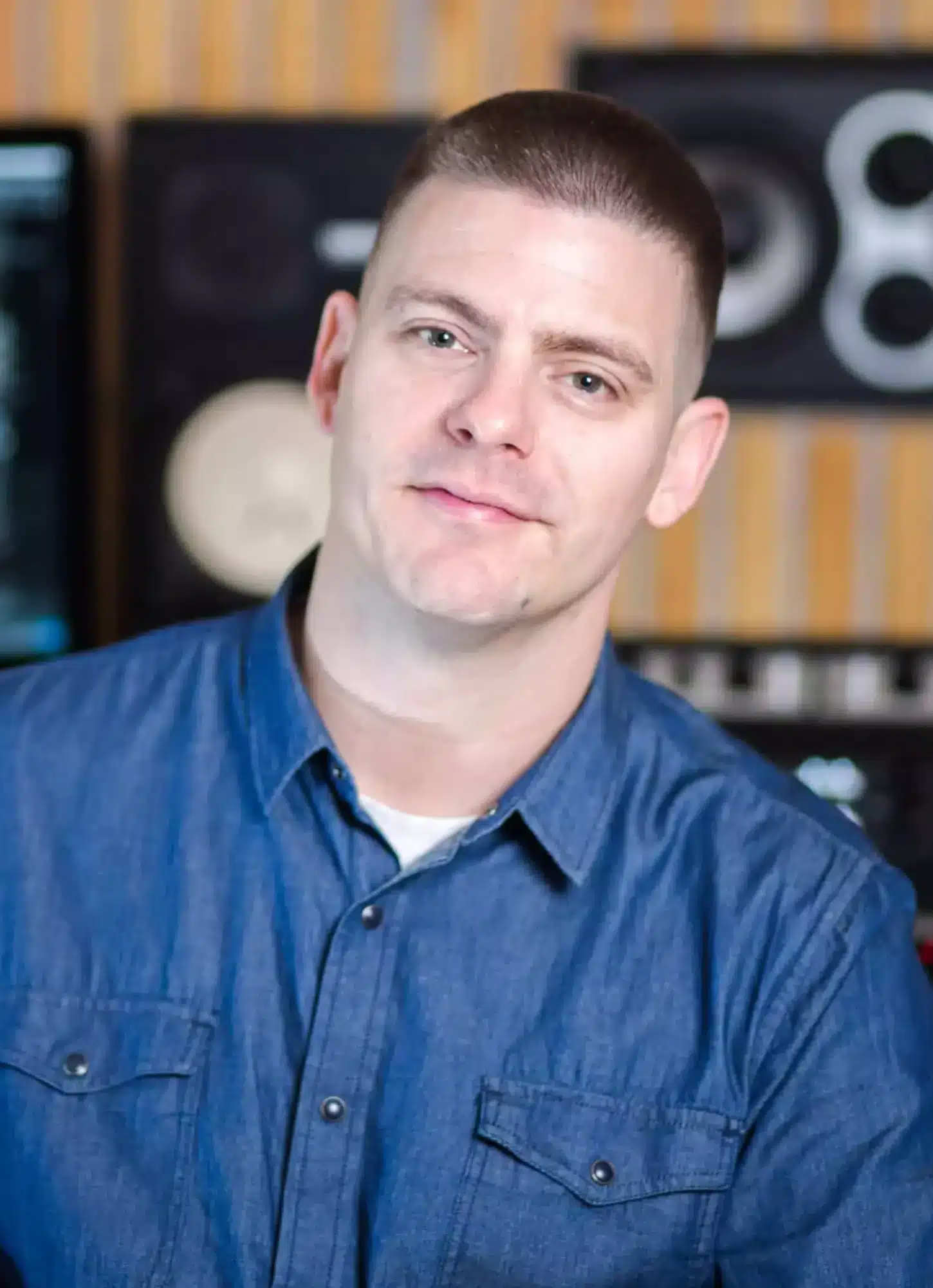Introduction
When it comes to mixing, your mix bus plays a huge role in shaping the final sound of your track. Over the years, I’ve experimented with all kinds of mix bus chains, presets, and setups. But after working across so many genres—everything from acoustic singer-songwriter to heavy trap—I realized that one mix bus doesn’t always fit every song. That’s why I started using two.
In this post, I’ll break down why I use two separate mix buses in every session, how I have them routed, and what plugins I’m using on each. More importantly, I’ll show you how this setup helps me A/B different tones quickly, stay creative, and keep mixes sounding competitive no matter the genre. Whether you’re new to the concept or looking to upgrade your current chain, this might give you a few ideas to try in your own sessions.
Why I Use Two Mix Buses Instead of One
As a mixing engineer, I’m constantly jumping between genres—sometimes within the same day. One minute I’m working on a stripped-down acoustic track, and by the evening I’m deep into an aggressive hip-hop mix. Early on, I used to switch between different mix bus presets depending on the style. But that process slowed things down and made it hard to compare how different processing chains were affecting the overall sound.
Eventually, I realized I could just build two separate mix buses into my template and flip between them in real time. Now, every session has Mix Bus 1 and Mix Bus 2 ready to go. I can A/B them with a single button press using SoundFlow, which makes it way easier to decide which mix bus works better for the track I’m working on. It’s faster, more intuitive, and has become a big part of my workflow.
How My Mix Bus Routing Works
Let me walk you through how I route everything inside my template.
First, I break things into three core groups:
-
Drums → routed to an All Drums bus
-
Music (instruments) → routed to an All Music bus
-
Vocals → routed to an All Vox bus
These stem buses then feed into two mix buses—Mix Bus 1 and Mix Bus 2—which both receive the exact same input. That way, I can A/B them without changing any routing or levels. From there, both mix buses flow into a shared limiter, which sends signal out to my analog mastering chain and back into the session.
Why route the limiter separately? Two main reasons:
-
Efficiency – Mastering plugins are usually heavy on CPU. Routing both buses through one limiter keeps things more stable inside Pro Tools.
-
Consistency – It ensures both mix buses hit the same final limiter, so when I compare them, I’m only hearing the difference between the mix chains—not the limiter stage.
This setup lets me stay flexible, test quickly, and avoid overloading my system—especially on big sessions.
What Plugins I Use on Each Mix Bus
Both Mix Bus 1 and Mix Bus 2 start with the same gain staging plugin—VUMT—so I can hit my mix chain at a consistent level. I aim to hover around 0 to +1 on the VU meter, which tells me I’m feeding the rest of the chain just right.
From there, the chains start to differ slightly:
Mix Bus 1 Chain:
-
Ozone 4 preset (from my guy Jay – still love it)
-
Unisum mastering compressor with a hard limit of 1.7dB of gain reduction
-
AMEK 200 (used sparingly—adds stereo width or top-end polish if needed)
Mix Bus 2 Chain:
-
Custom Ozone 9 chain – this one’s built from the ground up using:
-
EQ
-
Low-end focus
-
Exciter
-
Dynamics
-
Imager
-
-
Unisum again, same GR settings
-
AMEK 200 – same idea, only used when necessary
Mix Bus 1 leans a little punchier and warmer, especially in the low-mids. Mix Bus 2 feels more open, with a touch more clarity and air in the high end. Having both gives me a real choice, not just a tweak—and that’s what makes it so powerful.
When I Choose One Mix Bus Over the Other
Choosing between Mix Bus 1 and Mix Bus 2 usually comes down to the vibe of the song.
-
Mix Bus 1 has a more forward and aggressive sound. It brings out the low-mids and adds punch, which works great for dense pop, hip-hop, and tracks that need a little extra energy to feel glued together.
-
Mix Bus 2, on the other hand, sounds more open and natural. There’s more depth in the low-end and more clarity in the top. I lean on this bus when I’m working on acoustic tracks, singer-songwriter material, or anything where I want the dynamics to breathe a little more.
The real benefit is speed and consistency. With both buses set up and routed the same way, I can instantly A/B them and decide which one serves the song best—without having to reload presets or reconfigure anything. That way, the mix direction is clear from the start, and I’m not second-guessing halfway through.
Applying This Concept Beyond the Mix Bus
This dual-bus approach isn’t just limited to my mix bus—it’s become part of how I think about mixing overall. I use the same concept for drum buses, vocal chains, and even mastering chains. Having two versions of a key processing chain lets me test ideas quickly and stay creative without losing momentum.
For example, I have multiple drum bus presets I can switch between depending on the genre. Same goes for vocal chains—sometimes I want something really upfront and compressed, other times I need something more natural and open. Thanks to SoundFlow, I can toggle between these setups with a single button press, right at the start of a mix. It’s fast, musical, and helps me pick the right vibe before getting too deep into a mix.
Most importantly, it gives me room to evolve. Mix Bus 1 (the Ozone 4 chain) has been my go-to for a while, but Mix Bus 2 is quickly becoming the favorite. I’m always tweaking and improving—because mixing is never really finished, it just gets better with every track you work on.
Conclusion
So that’s how I use two mix buses to keep my workflow fast, flexible, and consistent—no matter what kind of track I’m working on. It’s a simple change that made a big difference in how I approach every mix.
If you found this helpful, drop a comment and let me know what’s on your mix bus. I’m always curious to see what other engineers are using. And if you’re looking for a professional mix or master, you can book a session with me over at mixandmastermysong.com. I also have courses and presets available if you want to level up your own mixes.
Thanks for reading—and keep experimenting.



